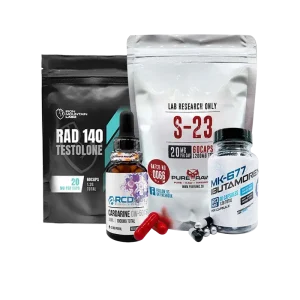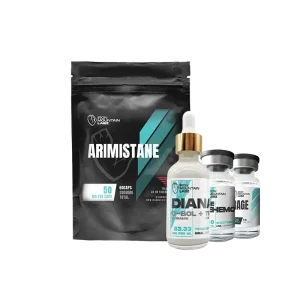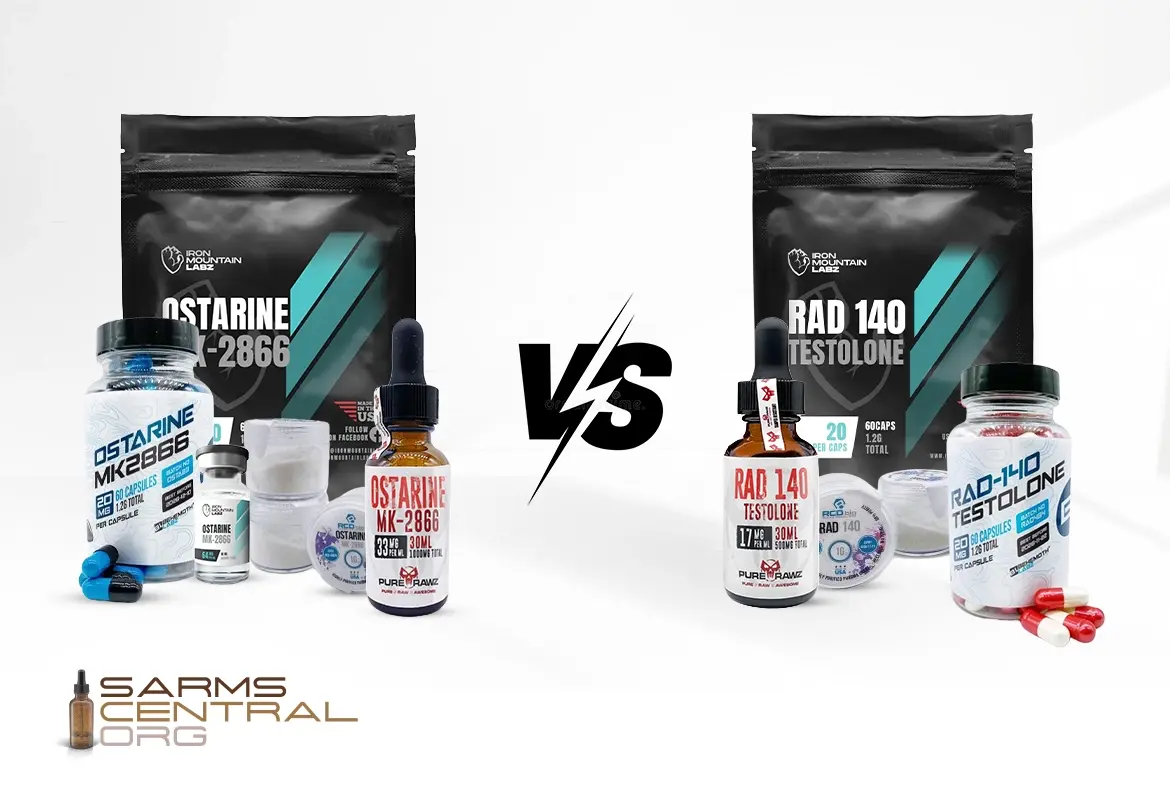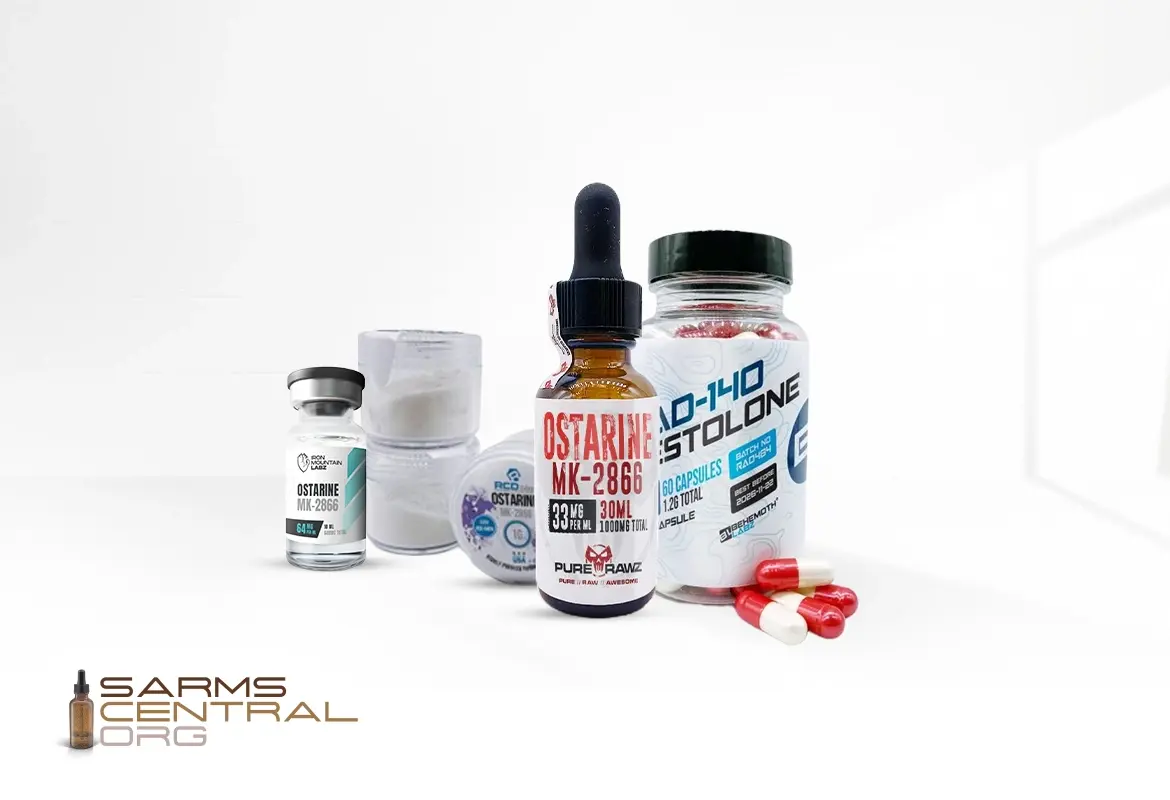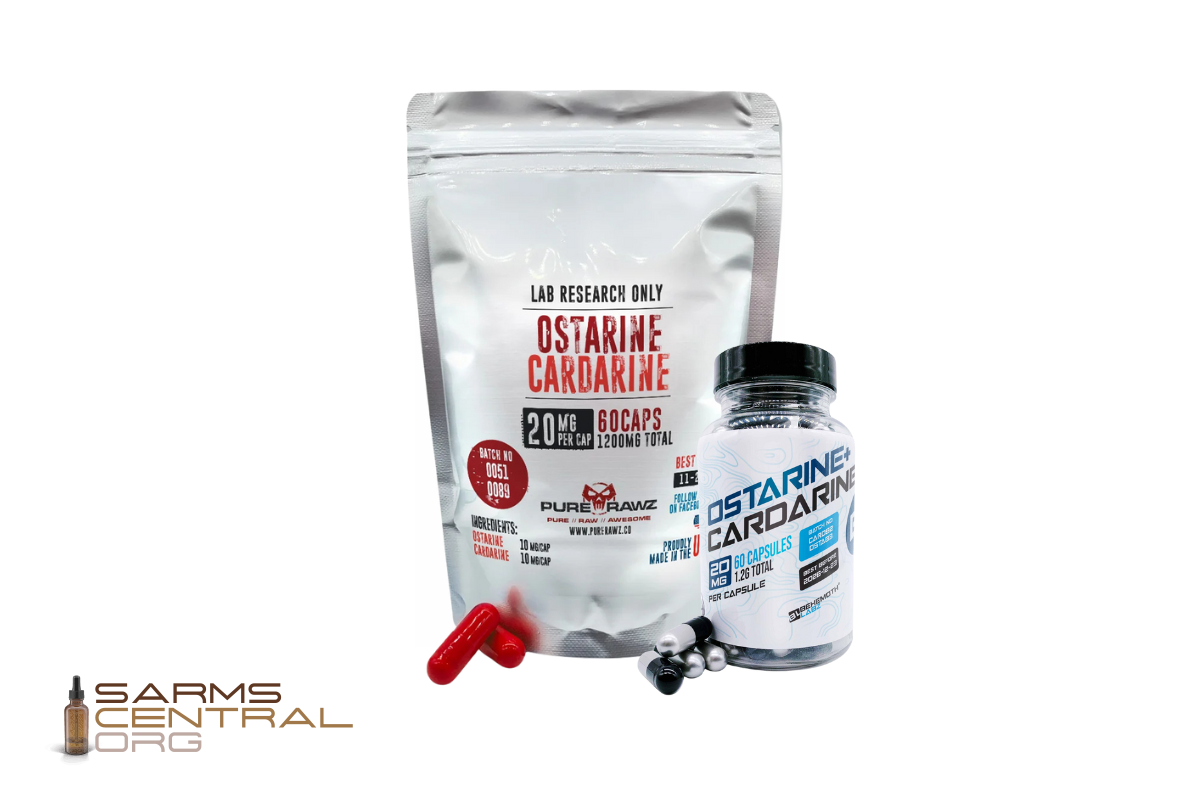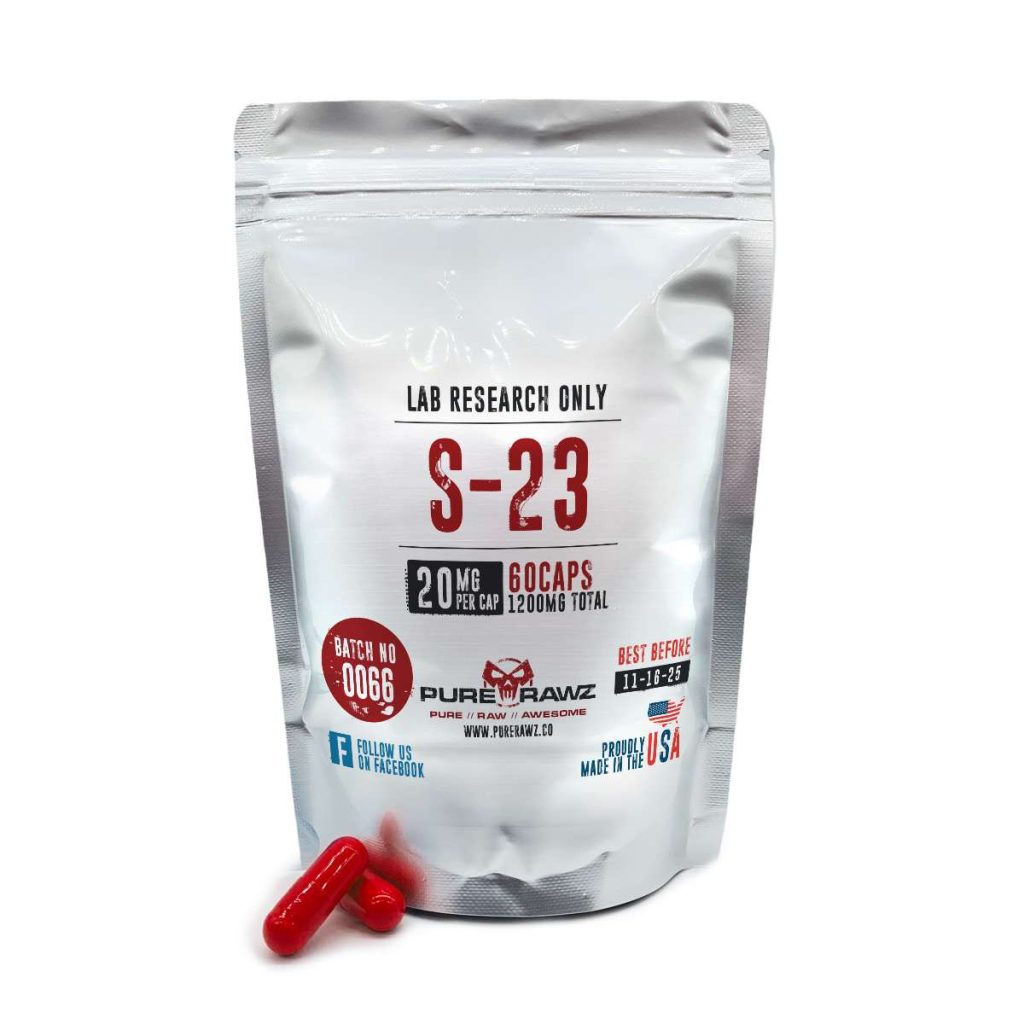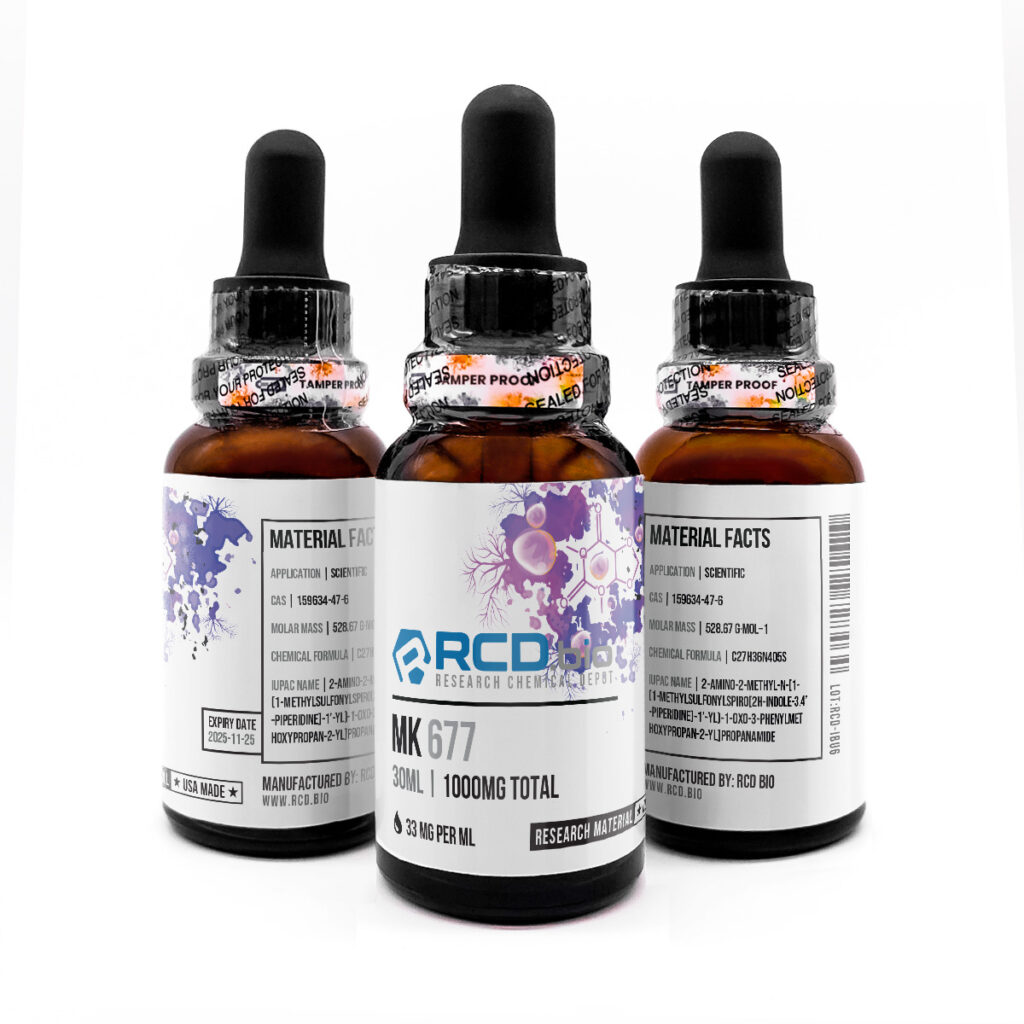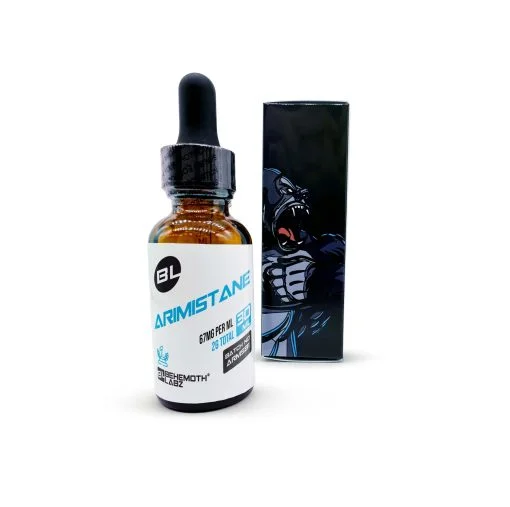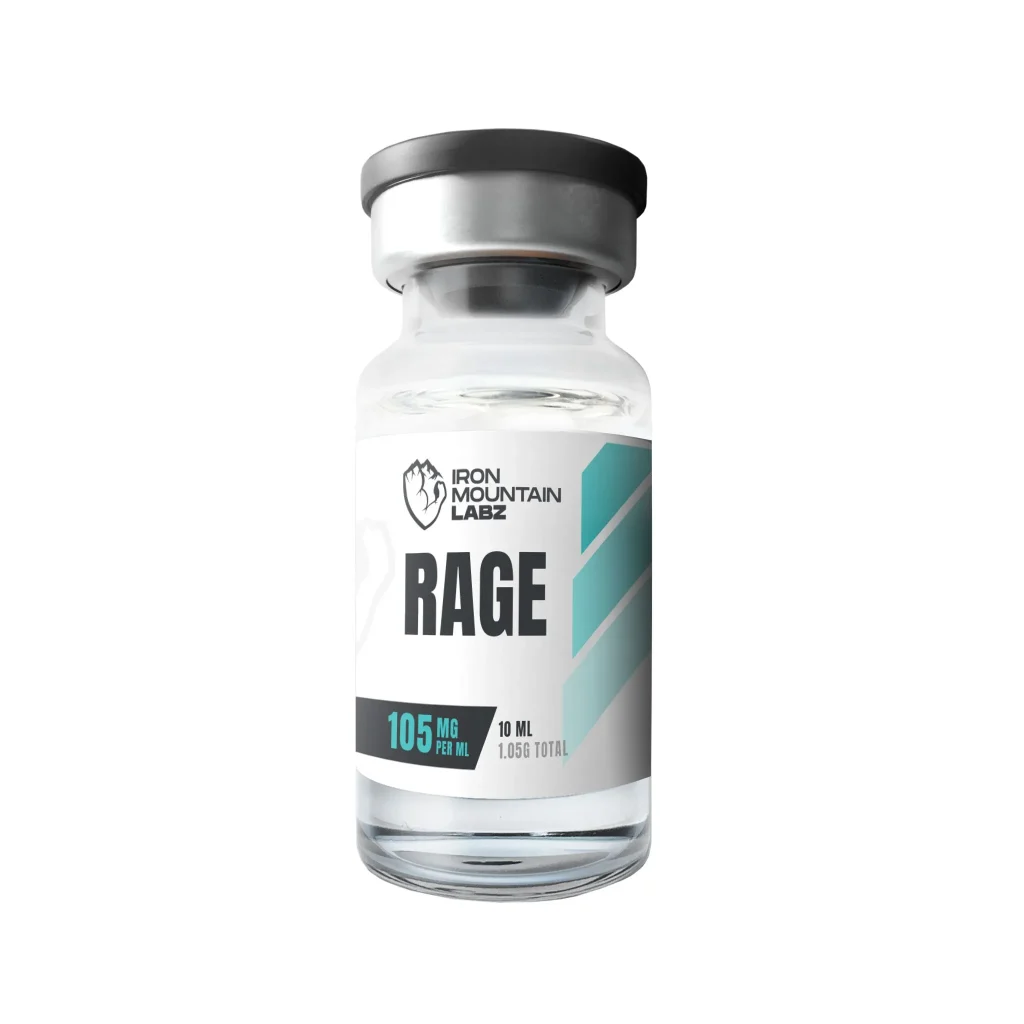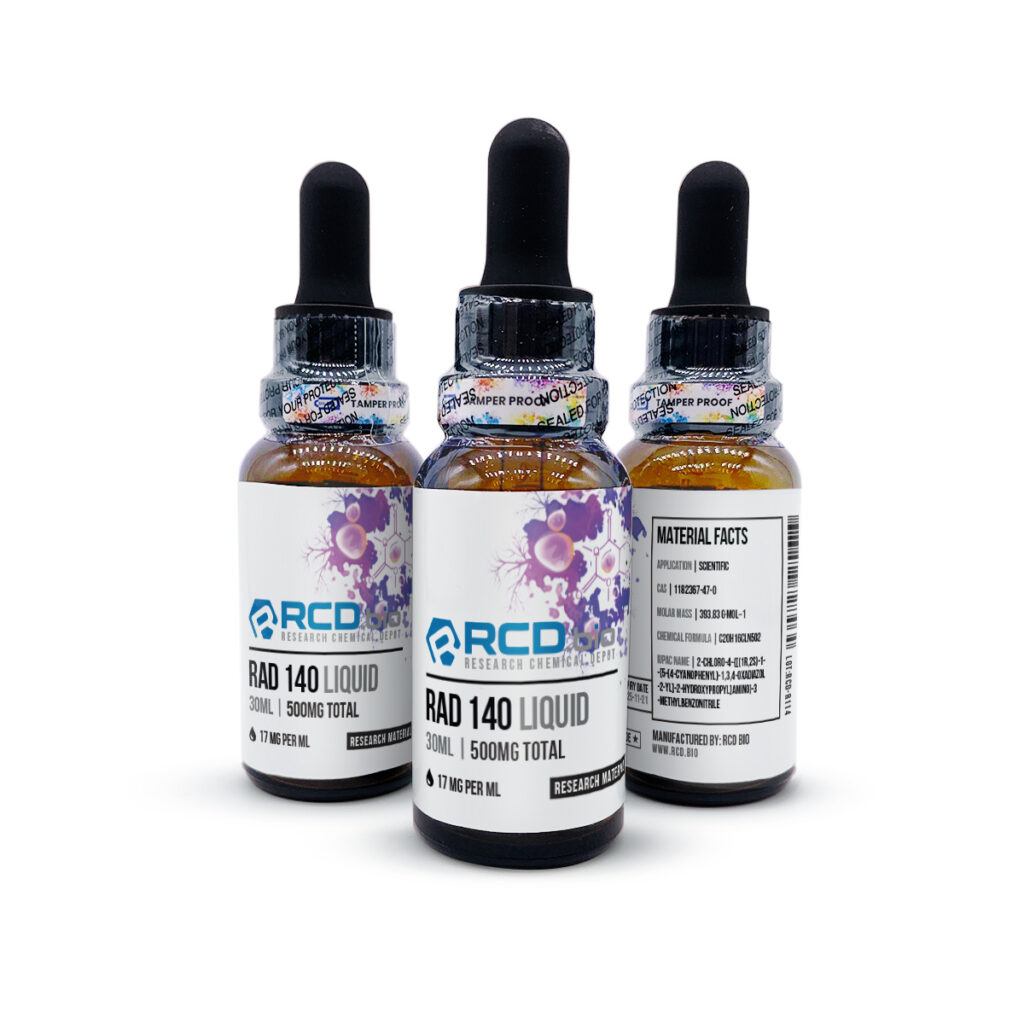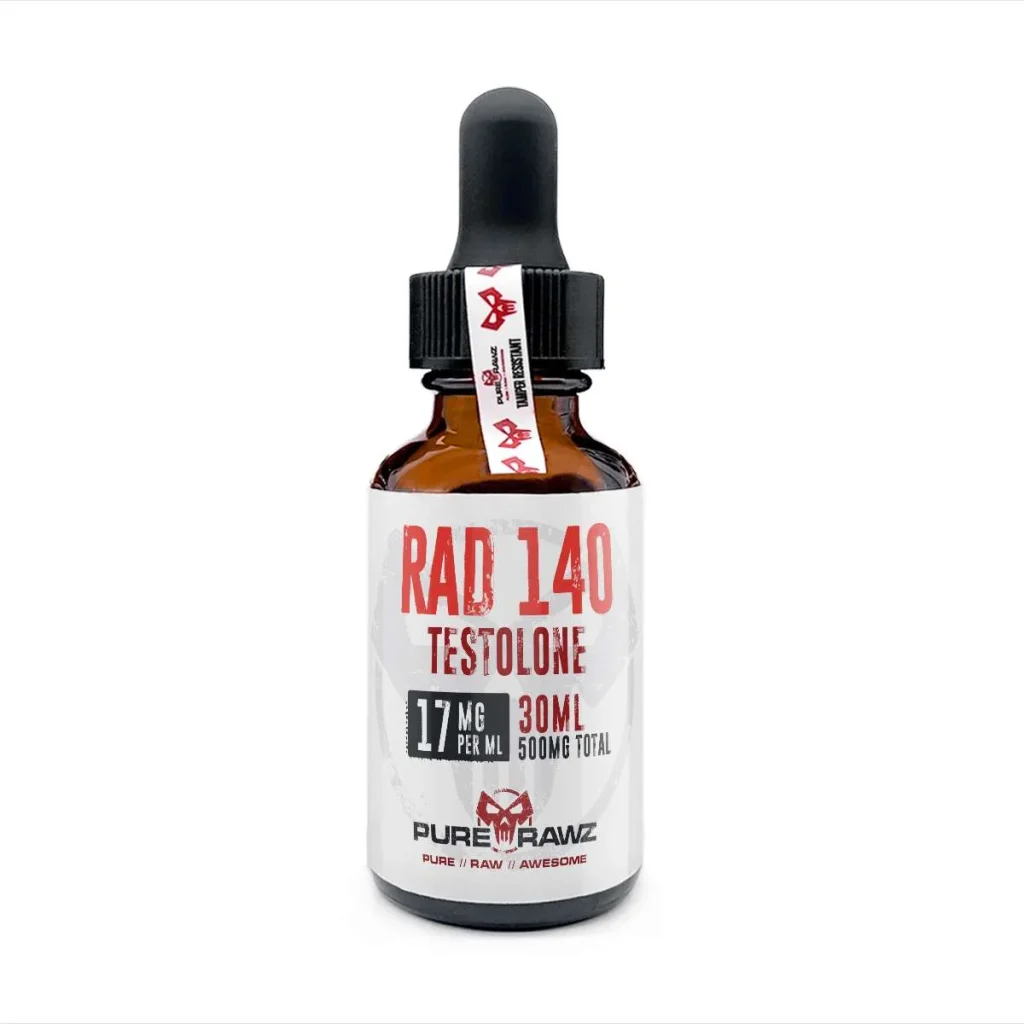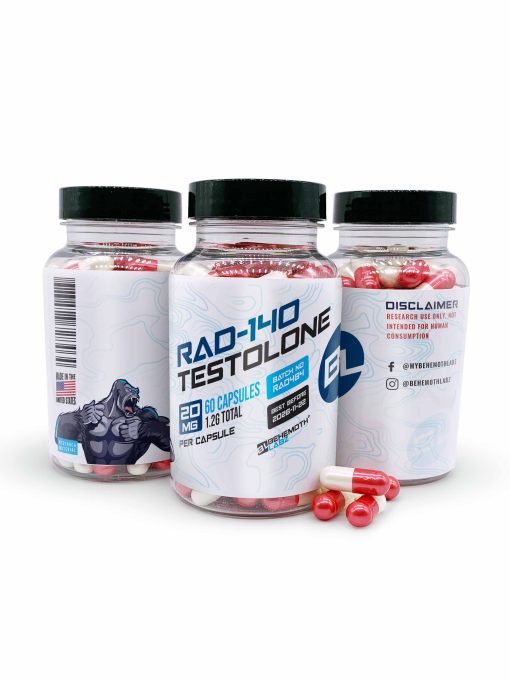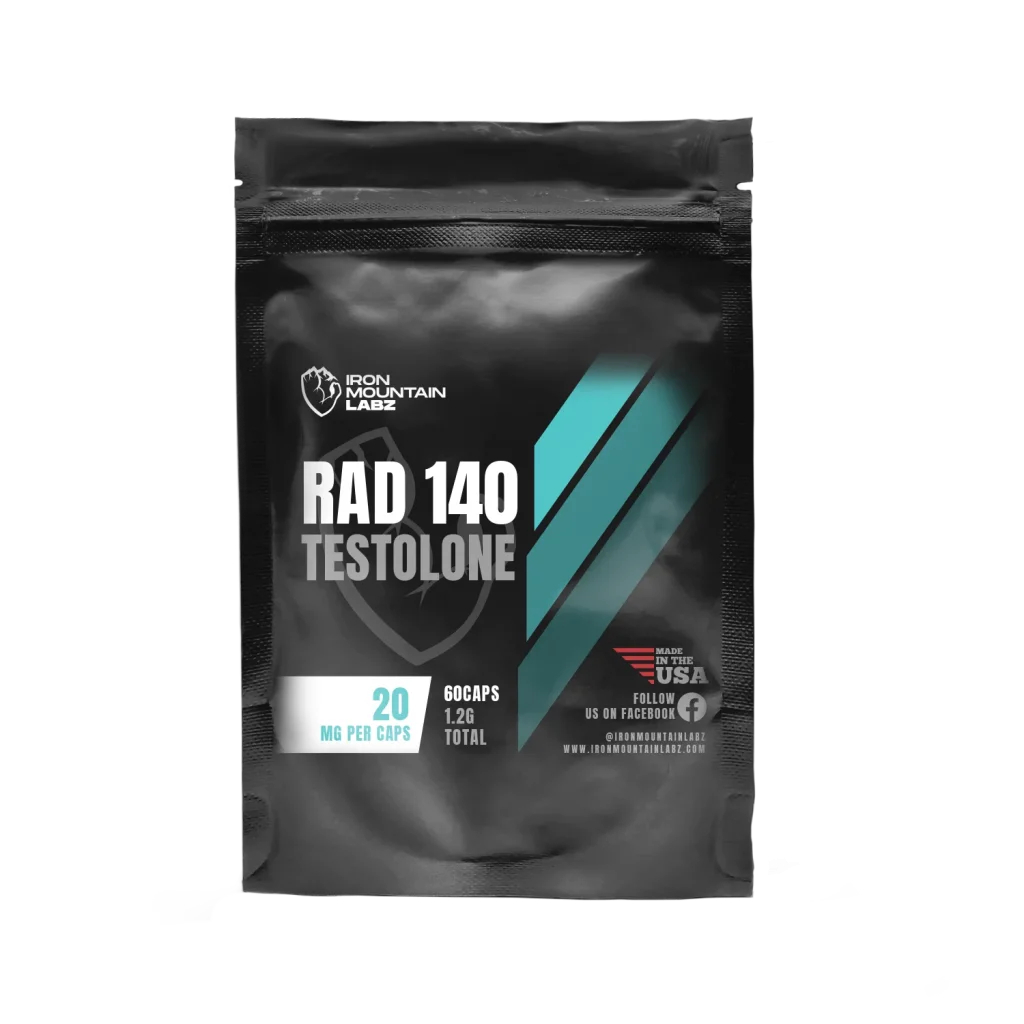In the world of health and fitness goals, two rivals may emerge: SARMs and TRT. Even though both of them can be anabolic, you’ll wonder how they can each bring you a specific set of benefits (and risks). In this article, we’re gonna cut the differences between SARMs and Testosterone Replacement Therapy (TRT). Let’s get through this guide and leave you with more than enough information to know what might suit your needs best.
What Are SARMs?
Selective Androgen Receptor Modulators (SARMs) are synthetic compounds that attach to androgen receptors in muscle and bone tissue. SARMs work like anabolic steroids but affect only certain areas, not the whole body. These may help increase muscle mass and strength by boosting protein synthesis while avoiding strong androgenic effects. Common SARMs include Ostarine, RAD-140, and Ligandrol. Trials often explore these for muscle loss and osteoporosis. But if you’re curious about SARMs before and after results, there are real-world case studies available. But SARMs still reduce natural testosterone and may cause side effects. These are not FDA-approved and are only meant for research purposes, so they may lead to risks like liver toxicity and infertility due to limited clinical data.
What Is Testosterone Replacement Therapy (TRT)?
Testosterone Replacement Therapy (TRT) is a synthetic version of the body’s natural hormone. It helps people with low testosterone levels, testosterone deficiency, or male hypogonadism. TRT uses exogenous testosterone to restore normal hormone levels, raise energy, lift mood, and support muscle strength. Doctors give this to men who feel tired, moody, or weak, often in older age. TRT may come as injections, gels, or patches under medical care. Though FDA-approved and backed by clinical trials, TRT can still lead to risks like infertility or other side effects, so regular checkups remain important.
SARMs vs Testosterone: Key Differences
| Feature | SARMs | Testosterone |
| Mechanism | Work by selectively binding to androgen receptors in specific tissues like muscle and bone. | Testosterone acts as a full androgen receptor agonist, which affects multiple organs and systems in the body. |
| Muscle Growth | Provide moderate to significant gains in muscle mass with fewer unwanted effects. | Testosterone can lead to greater muscle growth, however, it often comes with more side effects. |
| Fat Loss | Known to be effective for body recomposition, which helps reduce fat while the muscles are being built. | Testosterone lessens fat loss indirectly by improving metabolism and lean body mass. |
| Suppression of Natural Testosterone | Cause mild to moderate suppression of natural testosterone production. | TRT lead to high suppression, so it usually requires post-cycle therapy (PCT). |
| Side Effects | Tend to cause fewer side effects, though they still carry risks like liver toxicity or hormonal disruption. | Testosterone is known for more obvious side effects, including estrogenic effects like gynecomastia or water retention. |
| Legality | Only sold legally as research chemicals, but these are not approved for human use. | Testosterone is a prescription that’s approved for treating diagnosed hormonal deficiencies. |
| Accessibility | Easily accessible online without prescriptions, but only for research purposes. | Testosterone requires medical supervision and a doctor’s prescription for legal use. |
Pros and Cons of SARMs
Pros:
- ➢ Easier to purchase online as over-the-counter products.
- ➢ Only target the needed tissues to minimize unwanted effects on other areas.
- ➢ Lesser androgenic side effects than steroids.
- ➢ Most compounds help improve muscle strength and size.
- ➢ Ongoing trials suggest benefits for conditions like osteoporosis.
Cons:
- ➢ Not FDA-approved, and are not allowed for human consumption.
- ➢ Despite the lesser risks than steroids, they can still suppress natural testosterone.
- ➢ Long-term risks are still unclear due to a lack of clinical and human trials.
- ➢ Some users report liver toxicity risk, especially at high doses.
- ➢ Many of its compounds sold online are often unregulated.
Pros and Cons of TRT
Pros:
- ➢ FDA-approved and legally prescribed by doctors as treatments.
- ➢ Helps normalize low testosterone levels in men with a deficiency.
- ➢ Supports physical performance through enhancement of muscle mass, energy, and bone density.
- ➢ Can enhance mood, libido support, and mental clarity.
- ➢ Have multiple modes of transmission that can be legally delivered by medical professionals for safety.
Cons:
- ➢ Long-term use can reduce the body’s ability to produce natural testosterone.
- ➢ Possible side effects may include infertility for men.
- ➢ Potential side effects may be obvious, like acne, fluid retention, and, in rare cases, an enlarged prostate.
- ➢ Requires long-term use with constant monitoring, which makes it expensive.
- ➢ Men with certain medical conditions (e.g., prostate cancer, severe heart issues) may not be eligible.
Find The Best Prices For SARMs & TRT
Safety, Legality, and Ethics
SARMs
SARMs may seem safer than anabolic steroids, but they still have serious risks. Since SARMs are not FDA-approved for human use, taking them without medical help can cause bad effects, like lowering natural testosterone. It’s legal to buy SARMs as research chemicals, but not as supplements, so they’re often sold online without control. This makes the quality and safety unclear. Ethically, SARMs should stay in research or trials only. Still, many people compare them to prohormones or even peptides for performance enhancement.. Using them outside those settings can be dangerous and ignore proper safety rules.
TRT
TRT is safe and legal, but it still has risks like infertility, hormone imbalance, and prostatic hyperplasia. Legally, TRT is prescription-only and approved for treating low testosterone under medical care. Ethically, using testosterone supplementation for real medical problems is acceptable. But if it’s used just for muscle or looks, it raises questions about fairness and health risks. Misuse can damage the body in the long run. That’s why it must be used only with proper medical guidance.
Which One Is Right for You?
Factors to Consider:
-
- ➢ Age: Age affects hormone levels. Younger men may have stable testosterone levels, which makes them suitable for the physical and health effects of SARMs. For older men at risk of having low testosterone levels, TRT is more accurate.
- ➢ Define your goals
- ➢ For a performance-oriented goal: SARMs work well. They give anabolic effects without fully shutting down hormones. SARMs may be preferred for short-term gains without full hormone shutdown.
- ➢ For therapeutic oriented goal: TRT is the medically appropriate route. This may be better for long-term hormonal balance under doctor supervision.
- ➢ Medical history: Check for any past or current issues with the prostate, urology, or fertility before using SARMs or TRT.
- ➢ Blood tests and professional oversight: Regular blood tests and medical help are key with SARMs and TRT, as these keep testosterone levels safe and reduce health risks.
Conclusion
Understanding the key differences between SARMs and TRT is important, especially if you’re exploring hormone-related treatments. It’s important to know that SARMs offer targeted anabolic effects and easier online access, but come with legal and safety risks. Meanwhile, TRT provides a medically approved option for males with testosterone issues. Both still have their own side effects, that’s why a consultation with healthcare professionals is recommended. After all, SARMs are made for research purposes only, and TRT can only be acquired with a legal prescription.
Frequently Asked Questions
Can I take SARMs and testosterone together?
Yes, some users stack SARMs and TRT to maximize results. But this can increase potential side effects. That’s why this combination can affect the body’s natural testosterone production.
Which is safer: SARMs or Testosterone?
TRT is safer. Testosterone supplementation is safer when prescribed by a doctor, as it’s already approved by the FDA. However, SARMs may seem safer because of their selective action, but long-term safety is not definite.
Can using SARMs lead to hypogonadism?
Yes, SARMs can suppress the body’s natural testosterone production. This can result in male hypogonadism, which leads to symptoms like low libido, fatigue, and infertility. Because of this, recovery may require a post-cycle therapy to restore normal testosterone levels.
Which is better for building muscle: SARMs or testosterone?
Testosterone produces greater anabolic effects; that’s why it has more noticeable gains in muscle mass and muscle strength. While SARMs can support protein synthesis and treatment of muscle loss, results may vary. The better option really depends on your preference.

